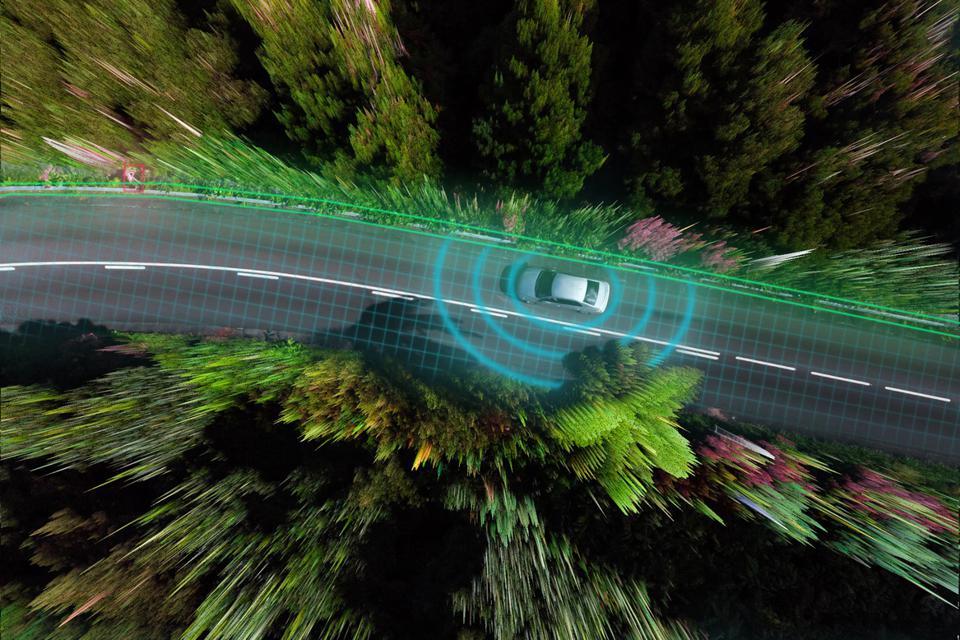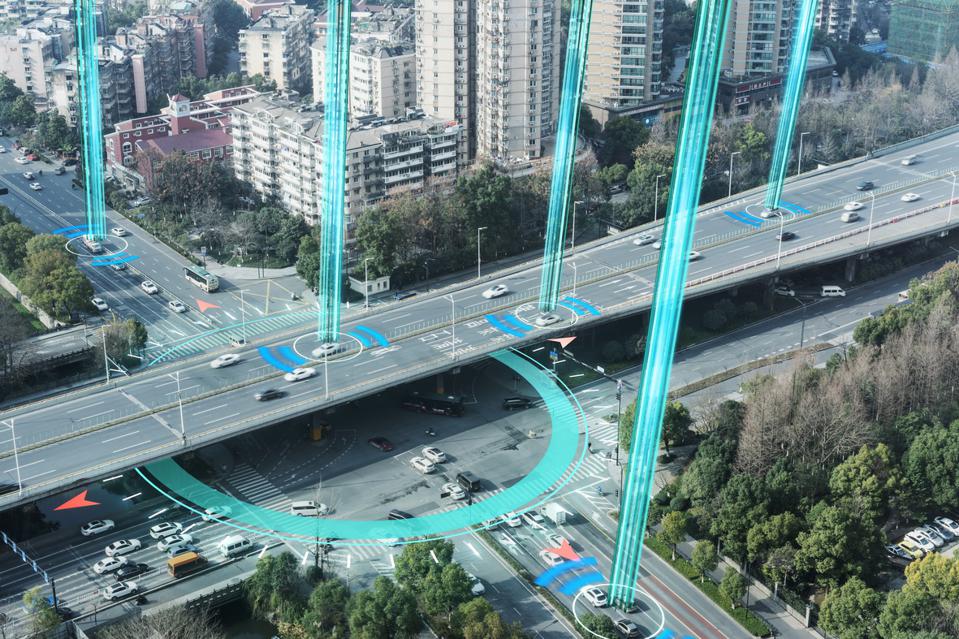
The dream of autonomous vehicles navigating through cities is no longer a far-distant future. In fact, it’s thought that as soon as 2030, as much as 9% of the total miles traveled on U.S. roads will be accounted for by autonomous cars. We already see this starting to happen in controlled environments like theme parks and large corporate campuses. Depending on where you live, you can even order a pizza that is delivered in a completely autonomous car. Many vehicles on the road right now have some level of automation already, including cruise control and lane detection.
As cars become more autonomous, we can expect that to equate to less congestion, which means emissions should also decline. Less congestion also means less opportunity for accidents, making safer roads for us all.
This is an exciting future. The general public is intrigued by the idea of self-driving cars. Everyone wants to know when it will be safe enough to deliver to the wider population. Many seem to skip over the fact that, in order to make these autonomous cars drive safely, their environment must be able to accommodate them. The biggest obstacle is not the technology in the car itself, but our infrastructure to support it on the actual roadways. In order for us to continue toward a more automated roadway system, there are major improvements needed to a large portion of our roads in the U.S.
Paint line detection and quality is a great place to start. A Tesla can’t operate using autopilot if the paint lines are not visible. Transportation departments re-paint lines every single year, but often that is not enough to keep them up to the standard for autonomous cars. Harsh weather conditions, snow plows, construction and traffic volume can all degrade the paint drastically. Pavement deterioration and road roughness can also cause major issues for self-driving vehicles.
The Biden administration has plans to spend as much as $2 trillion-plus on improving the nation’s overall infrastructure. Many of these proposals focus on high-quality, zero-emission public transportation options. Yes, electric vehicles will help get us there, but the longer-term vision is autonomous and major infrastructure improvements are needed to get there.
The fastest path to autonomous vehicles is investing in the infrastructure to support them. Working toward a fully autonomous roadway will take some time. Right now, we see our nation focused on electric vehicles. This is a step in the right direction as it is helping us trend toward more power-efficient cars. Power efficiencies reduce emissions and can save consumers money. While our roads are slowly transitioning over the next 20 years to fully electric, we will also see shifts to improving and maintaining higher quality roadways, which support more efficient electric vehicles and also pave the way for more autonomous driving.
The data that will be collected and analyzed to help make these improvements will be vital to the success of connected roadways. Analyzing movement at intersections, real-time traffic signal controls, detailed route analyzers and eventually predictive and prescriptive reporting will power our traffic operations in every city.
you may also like
California’s new AI initiative opens the door for mass adoption for transportation infrastructure management
California Governor Gavin Newsom’s recent executive order signals California’s bold step towards embracing artificial intelligence as a…
The North Central Texas Council of Governments (NCTCOG) allocated funding to its member agencies
In a promising development for the safety and efficiency of North Central Texas roadways, the North Central…






